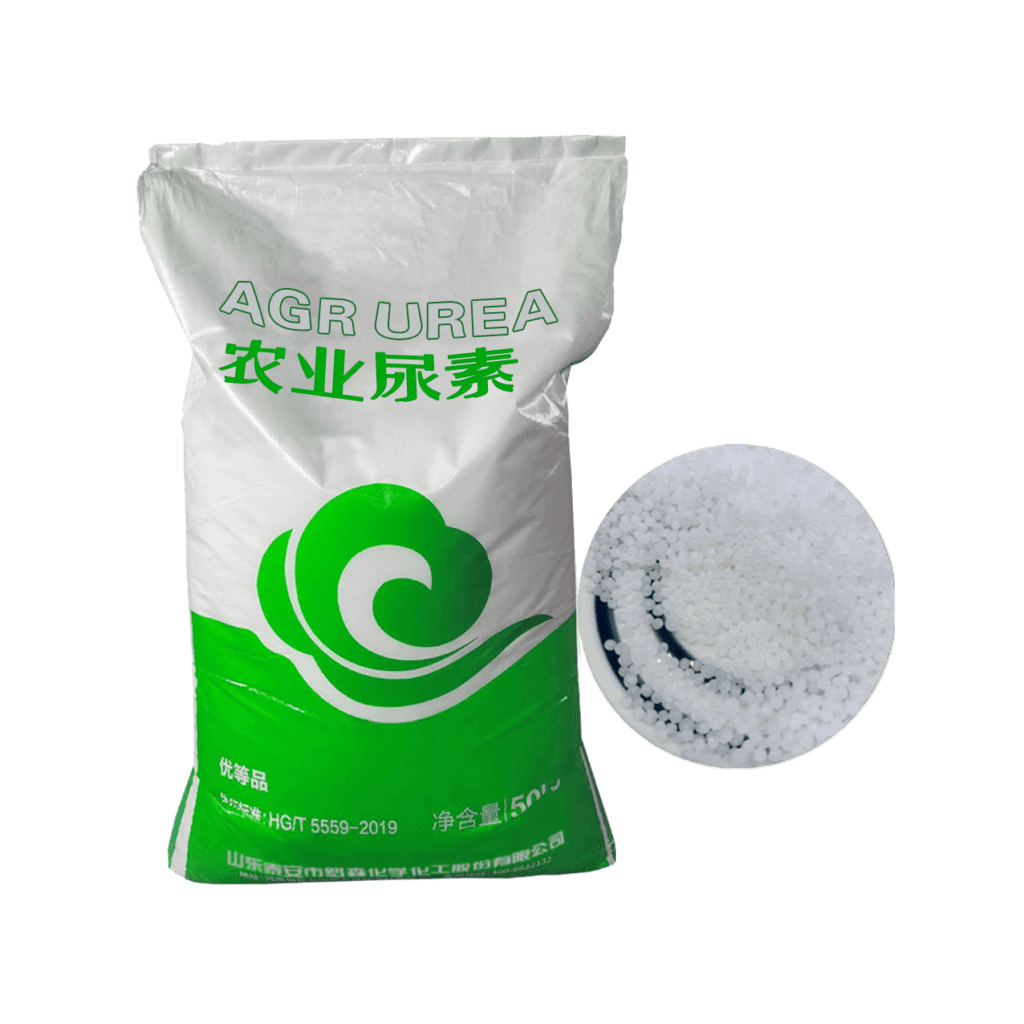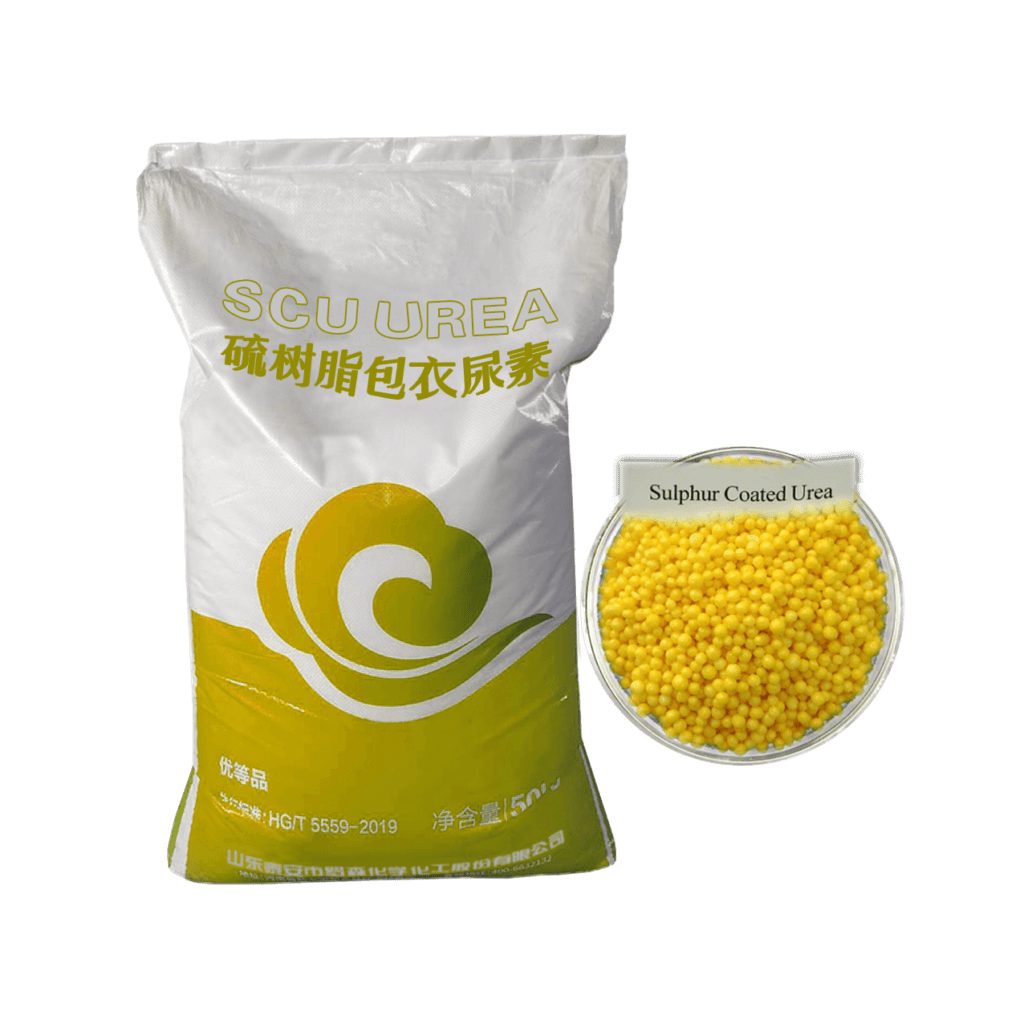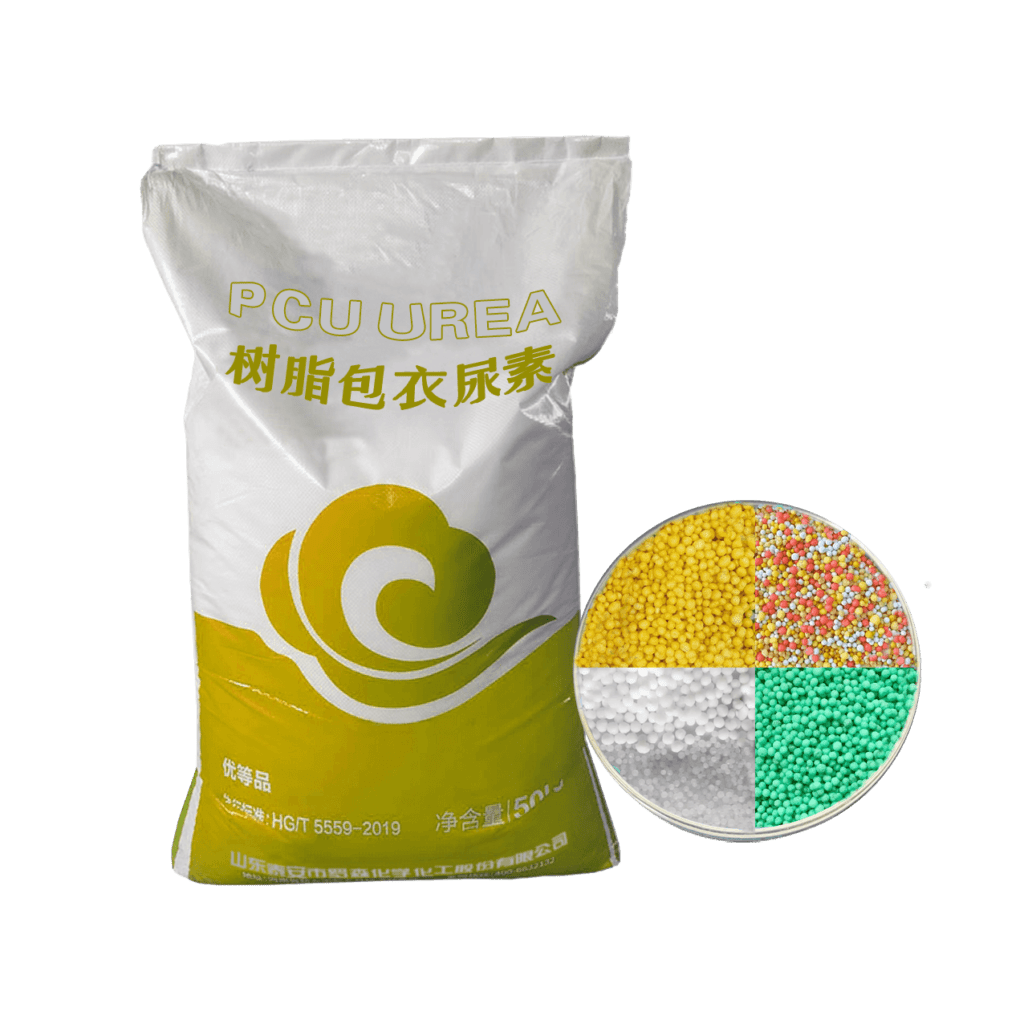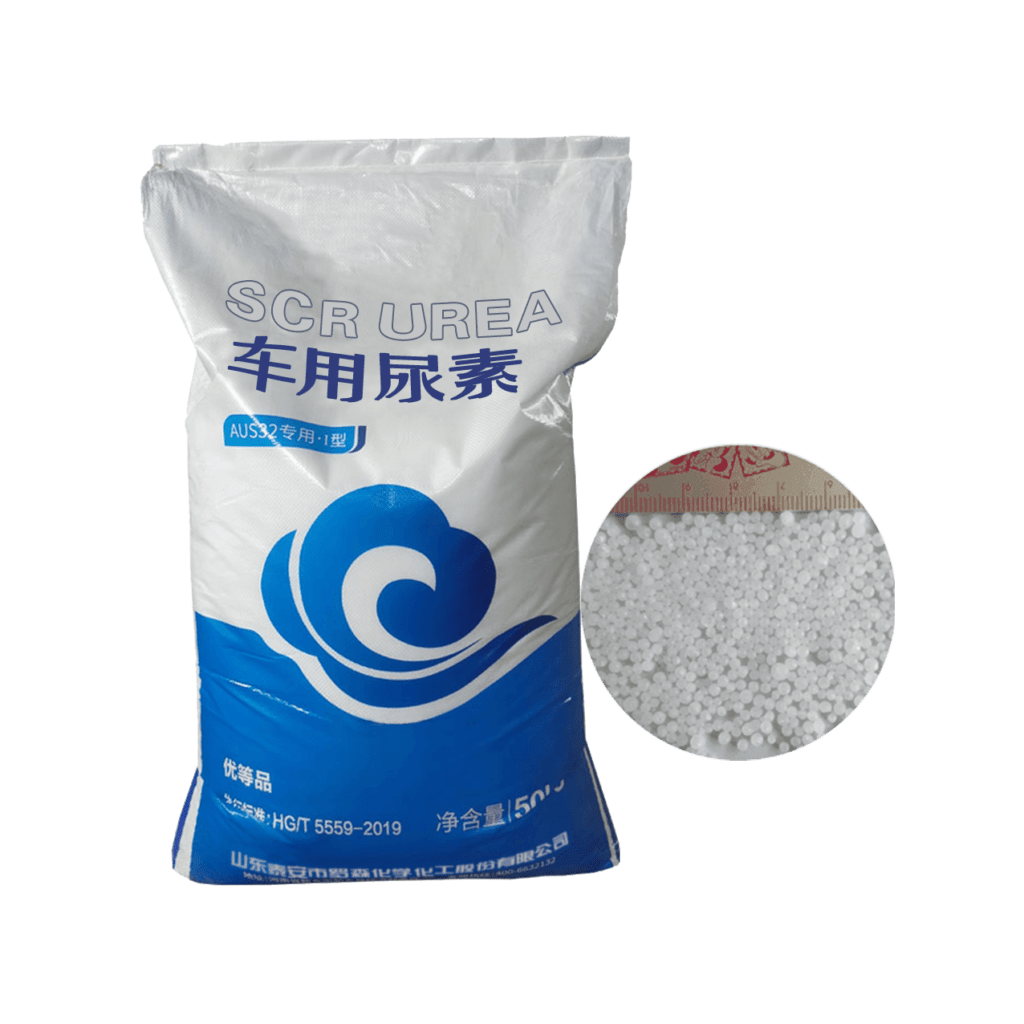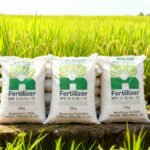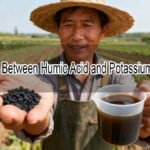Let more growers get greater benefits
Urea Types and Applications Guide | Nitrogen Solutions
- Industry News
- September 26, 2025
- 8:57 am
Urea (chemical formula: CO(NH₂)₂) is the most widely used nitrogen fertilizer in the world, accounting for over 60% of global nitrogen fertilizer consumption. With its high nitrogen content (46%), excellent solubility, and stable transport properties, urea is used extensively in agriculture, industry, animal feed, and automotive emissions treatment.
Risso offers a wide range of urea products in various forms and purities to meet the needs of agricultural, industrial, and environmental applications.

Table of Contents
-
1. Chemical Properties and Structural Basics1. Chemical Properties and Structural Basics
-
2. Classification by Physical Form2. Classification by Physical Form
-
3. Classification by Application and Grade3. Classification by Application and Grade
-
4. Classification by Release Rate4. Classification by Release Rate
-
5 . Modified and Functional Urea Additives5 . Modified and Functional Urea Additives
-
6. Urea Production Process and Quality Control6. Urea Production Process and Quality Control
-
7. Application and Management Recommendations7. Application and Management Recommendations
-
8. Storage, Safety, and Environmental Impact8. Storage, Safety, and Environmental Impact
-
9. How to Choose the Right Risso Urea Product9. How to Choose the Right Risso Urea Product
-
10. FAQ (Frequently Asked Questions)10. FAQ (Frequently Asked Questions)
1. Chemical Properties and Structural Basics
Urea is a neutral, odorless, and water-soluble white crystalline compound. Its high nitrogen content (46%) makes it one of the most efficient solid nitrogen sources available.
Molecular Formula: CO(NH₂)₂
Molecular Weight: 60.06 g/mol
Solubility: Highly soluble in water
Characteristics: Non-toxic, residue-free, hygroscopic
In agriculture, urea hydrolyzes into ammonium nitrogen, which is readily absorbed by plants. In industry, it serves as a key raw material for resins, adhesives, and pharmaceutical intermediates.
2. Classification by Physical Form
2.1 Granular Urea
-
Larger granules (2–4 mm) with higher strength and anti-caking properties;
-
Suitable for mechanical spreading and fertilizer blending;
-
Risso Granular Urea utilizes low-dust, high-density granulation technology for enhanced storage and application stability.
2.2 Prilled Urea
Small spherical particles (1–2 mm) formed by spraying molten urea into a cooling tower;
Lower production cost and faster solubility;
Less moisture-resistant, not ideal for humid storage conditions.
2.3 Powdered and Crystalline Urea
Mainly used as an industrial raw material;
Risso Technical Urea ensures low biuret and high purity—ideal for resins, pharmaceuticals, and chemical formulations.
2.4 Liquid Urea and UAN (Urea Ammonium Nitrate)
Formed by dissolving urea with ammonium nitrate;
Suitable for foliar spray or fertigation systems;
Risso provides customized liquid nitrogen formulations for precision agriculture.
3. Classification by Application and Grade
| Type | Nitrogen Content | Main Application | Features |
|---|---|---|---|
| Agricultural Grade | 46% | Field crops, horticulture | Low cost, fast solubility |
| Industrial Grade | 46% | Resins, adhesives, chemical synthesis | High purity, low impurities |
| Feed Grade | 46% | Non-protein nitrogen for ruminants | Feed safety compliant |
| Automotive Grade Urea Granules | 46% | Diesel exhaust treatment | Meets ISO 22241 standards |
Risso offers a complete urea portfolio—from agricultural and industrial grades to feed and automotive-grade urea granules.
4. Classification by Release Rate
4..1 Standard Urea
Rapidly dissolving, suitable for crops with short nitrogen uptake cycles;
Prone to ammonia volatilization—should be incorporated into soil.
Sulfur layer creates a physical slow-release barrier;
Extends nitrogen release up to 6–8 weeks;
Ideal for turf and perennial crops.
Polymer membrane controls nitrogen release precisely;
Improves nitrogen-use efficiency by 20–30%;
Risso Controlled-Release series demonstrates superior nitrogen retention in multi-regional trials.
4.4 Urea–Formaldehyde
Chemically polymerized to form chain-like compounds;
Long-term release (several months);
Commonly used in horticultural and turf applications.
5. Modified and Functional Urea Additives
5.1 Urease Inhibitors (NBPT)
Suppress urease activity in soil, reducing ammonia loss.
Risso Enhanced Urea series adopts NBPT technology to increase fertilizer efficiency and environmental protection.
5.2 Nitrification Inhibitors
Slow down conversion of ammonium to nitrate, minimizing nitrogen leaching.
Ideal for sandy or high-rainfall regions.
5.3 Compound Urea (NPK / Micronutrient Blends)
Risso offers custom blends enriched with phosphorus, potassium, sulfur, and micronutrients to enhance overall crop nutrition.
6. Urea Production Process and Quality Control
Risso adopts the advanced Bosch–Meiser high-pressure synthesis process (NH₃ + CO₂ → CO(NH₂)₂ + H₂O), ensuring premium product quality through:
Automated nitrogen and biuret content analysis
Precise control of particle size and crushing strength
Low ash content and excellent solubility

7. Application and Management Recommendations
Method: Incorporate into soil to reduce NH₃ volatilization;
Timing: Apply in multiple doses aligned with crop nitrogen uptake peaks;
Foliar Application: Dilute to 0.5–1% to prevent leaf burn;
Fertigation: Use liquid urea or UAN for best results.
8. Storage, Safety, and Environmental Impact
Store in dry, ventilated areas to prevent moisture absorption;
Prolonged exposure may cause caking and slight ammonia odor;
Controlled-release and inhibitor-treated urea can significantly reduce NH₃ and N₂O emissions.
Risso is committed to low-carbon nitrogen technologies for sustainable agriculture.
9. How to Choose the Right Risso Urea Product
| Application Scenario | Recommended Product | Key Features |
|---|---|---|
| Fast-growing crops (corn, wheat) | Risso Granular Urea | Rapid absorption, cost-effective |
| Turf or horticulture | Risso SCU / PCU | Slow-release, fewer applications |
| Industrial processes | Risso Technical Urea | High purity, low impurity |
| Ruminant feed | Risso Feed Grade Urea | Safe, stable supply |
| Diesel emission control | Risso Automotive Urea Granules | ISO 22241 certified |
FAQ (Frequently Asked Questions)
A1: Granular urea has larger, stronger particles suitable for mechanical spreading, while prilled urea dissolves faster but is less moisture-resistant. Risso® provides customizable particle size options for both.
A2: SCU is more cost-effective with moderate release duration; PCU offers precise control and is ideal for high-value crops. Risso® provides multi-layer coating solutions tailored to crop cycles.
A3: Yes. NBPT is widely used globally and proven safe. Risso® Enhanced Urea meets EU and Chinese fertilizer safety standards.
A4: Generally yes, but dosage and formulation should be adjusted based on soil, climate, and application method. Contact Risso®’s technical team for customized guidance.
A5: Improper use may cause ammonia volatilization and nitrogen loss. Risso® controlled-release and inhibitor-based products significantly reduce environmental impact.
Conclusion
Though urea is a traditional nitrogen fertilizer, modern coating and inhibitor technologies have greatly enhanced its performance. Through continuous R&D and high-purity production, Risso is committed to delivering efficient and sustainable urea solutions for agriculture, industry, and environmental applications.
Nitrogen Fertilizer Related Products
If you want to know other questions about nitrogen fertilizer, please contact us and we will provide professional answers.
- Article
What will you get when touch?
✔ Quick & helpful reply within 6 hours.
✔ Tailored solutions for your project.
✔ One-stop product, tech, market
TRENDING
TAIAN RISSO CHEMICAL FERTILIZER CO.,LTD
- Address: High-tech Development Zone, Taian City, Shandong Province
© Copyright 2017 RISSO CHEMICAL. All Rights Reserved.



